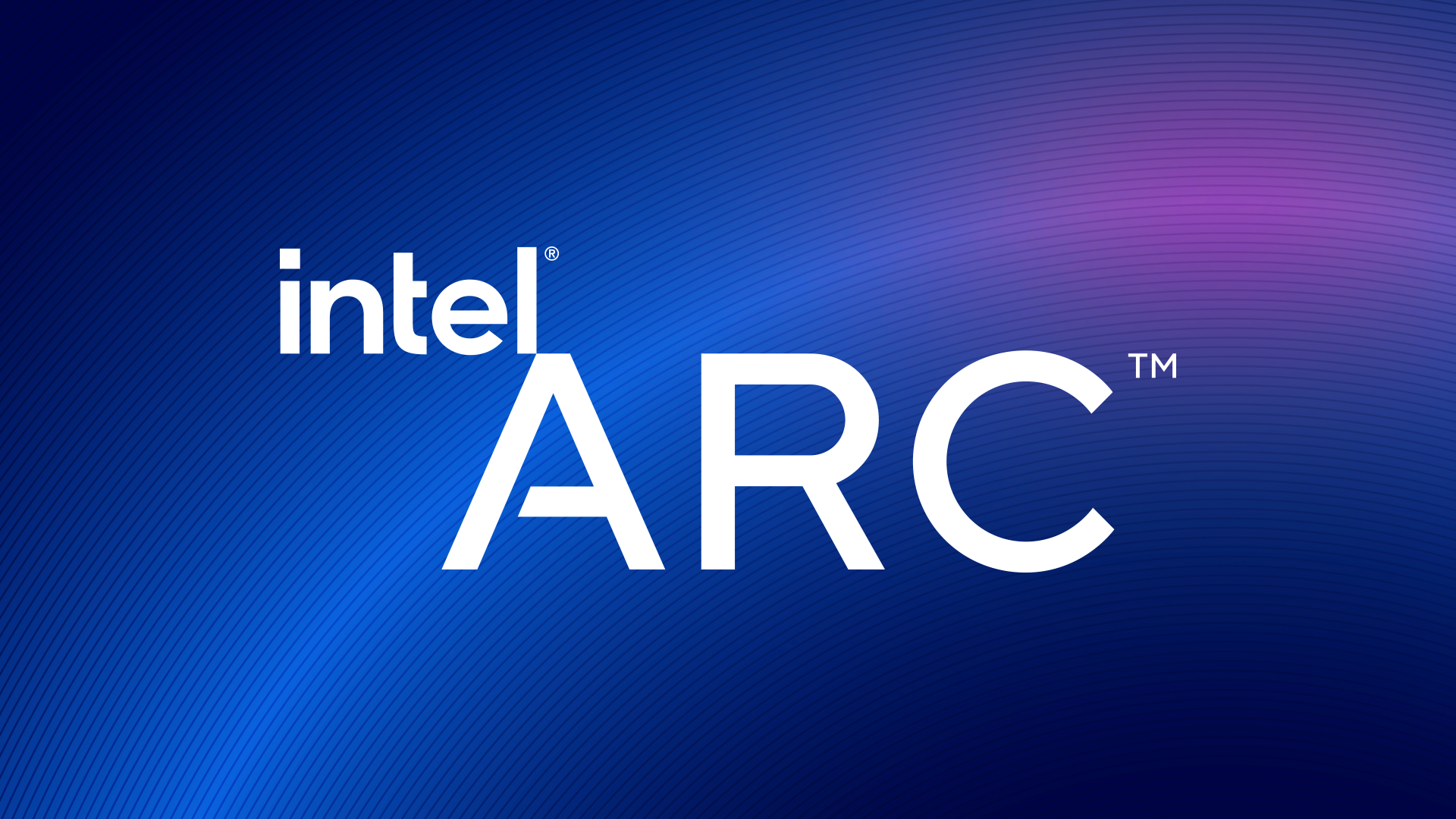Intel teases reveal of Arc's AI-powered DLSS Super Sampling alternative this week
Intel's AI super sampling tech may give Nvidia a real headache

Intel appears ready to announce its new AI-powered super sampling GPU technology later this week in a direct challenge to Nvidia's DLSS dominance in the PC gaming market.
Anton Kaplanyan, Intel's VP of Graphics Research, tweeted that Intel's newly announced Arc discrete graphics cards would feature DX12U support, including real-time mesh shading and ray-tracing.
In case you were curious, Intel Arc GPUs will come with full DX12U support, including mesh shading, and high-performance ray tracing. Bonus, high-quality neural supersampling deserves a separate announcement. https://t.co/HIBJ8tWhwrAugust 16, 2021
Kaplanyan then teased an announcement to come about AI-driven supersampling technology, which can only be seen as a direct challenge to Nvidia's Deep Learning Super Sampling technology if Intel does intend to introduce such a tool with its Arc graphics cards.
While AMD's recently released FidelityFX Super Resolution is also a graphics upscaling technology, as VideoCardz points out, it doesn't rely on a machine-learning neural network algorithm to upscale frames the way Nvidia's DLSS does. This gives Nvidia's DLSS an edge in that fine details are better preserved when upscaled over AMD's solution.
If Intel adopted a machine-learning approach to its super sampling tech the way Nvidia did (and AMD didn't), then Intel's graphics cards could be a lot more formidable than we first thought.
- AMD vs Nvidia: who makes the best graphics cards?
- These are the best graphics cards of the year
- DLSS games: top titles that support Nvidia's exciting tech
Analysis: Team Blue's Arc graphics card might be beefier than we thought
It goes without saying that Nvidia and AMD's long-running rivalry over the graphics card market could use a little shaking up. The two competitors have been pretty steadily locked into competition for years now and the introduction of a third player into the ring can only be good for gamers and enthusiasts.
AMD and Nvidia are no slouches when it comes to their hardware, so it's not as if Intel is coming in as some major disruptor of a tired old industry in need of change. If you're really into graphics cards and PC hardware, there has been no better time to be alive than these past five years.
Get daily insight, inspiration and deals in your inbox
Sign up for breaking news, reviews, opinion, top tech deals, and more.
Graphics card technology has grown in leaps and bounds thanks to ray-tracing and machine learning algorithms that provide the kinds of advances you'd expect to see play out over a decade, not in one generation of cards to the next.
On this front, unfortunately, AMD has been playing catch up behind Nvidia for years now. AMD only just introducing its first cards with ray tracing capabilities last year, a full generation after Nvidia's first ray tracing capable Turing GPUs were released.
It's also behind on getting its super sampling technology released and adopted, and even though it will absolutely speed up your frame rates, DLSS is still the better option owing to its use of AI-powered algorithms to fill in the empty spaces left behind when you upsample a frame to 4k.
For this generation, it looked like AMD was going to settle into a close second behind Nvidia based on this technology alone – our own Jess Weatherbed calls DLSS nothing short of witchcraft, and AMD's solution simply isn't able to really match it.
Now, enter another contender on the scene, about to announce that they too have the frame-rate-boosting-and-quality-preserving-upsample-technology powered by neural networks, and AMD could very soon find itself in third place in this market, which is definitely not where it wants to see itself.
- Come check out our guide where we show you how to build a PC

John (He/Him) is the Components Editor here at TechRadar and he is also a programmer, gamer, activist, and Brooklyn College alum currently living in Brooklyn, NY.
Named by the CTA as a CES 2020 Media Trailblazer for his science and technology reporting, John specializes in all areas of computer science, including industry news, hardware reviews, PC gaming, as well as general science writing and the social impact of the tech industry.
You can find him online on Bluesky @johnloeffler.bsky.social